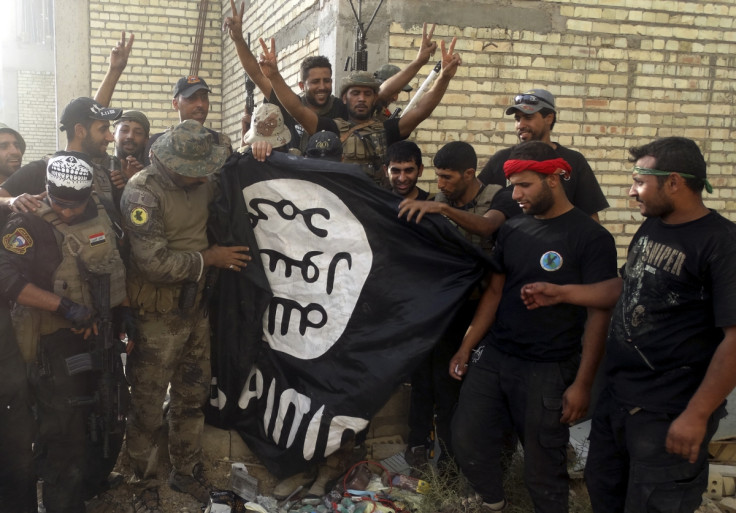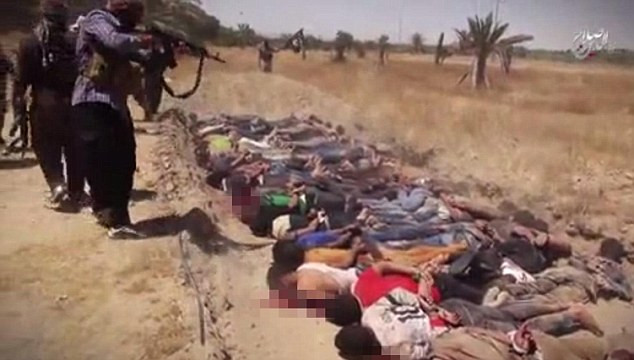War on Isis: Iraqi army seizes control of Ramadi city centre as Daesh militants flee




The Iraqi military says it has seized control of the final key position held by Islamic State (Isis) terrorists in the city of Ramadi on 27 December. In what would amount to a significant victory over the terror group, government officials said they believed the bulk of IS (Daesh) had fled the city centre after Iraqi soldiers overran the building they had used as an operations base.
The Iraqi military now plans on moving through the city centre with caution, as IS typically booby-trap any area they flee. Several IS militants have also setup pockets of resistance, according to reports, although this is largely believed to be the work of isolated individuals.
The fall of Ramadi in May 2015 was widely seen as an embarrassment for the Iraqi army, with soldiers abandoning their posts in terror as IS jihadis advanced. The Sunni-majority city, which lies roughly 55 miles west of the capital Baghdad, has been a key IS stronghold ever since.

Government forces have been trying to recapture Ramadi for several weeks and have made steady gains, particularly in recent days. As the soldiers advanced on the city centre, they encountered more and more booby-trapped streets and buildings – clear signs that IS were on the back foot and did not plan to return to the area any time soon.
Yesterday it was widely reported in Iraqi media that the soldiers were just a few hundred metres from the former provincial administrative HQ in the city centre, but had been met with sniper fire. According to the BBC, the sniper fire later stopped and aerial surveillance detected no human activity in the city centre, allowing the Iraqi army to move in and secure the area.

Among the key buildings abandoned by IS was the city's former department of health, which housed a blood bank. It is believed IS used the building as a hospital to treat injured fighters.
The main reason the liberation of Ramadi has taken far longer than the recapture of Tikrit is because of the ethnic make-up of the city. The Iraqi government's biggest successes have come when working alongside Shia militias, but these groups have been accused of committing their own atrocities against the Sunni people – including following the capture of Tikrit.
To avoid further sectarian tensions and even possible resistance from tens of thousands of terrified mainly Sunnis trapped there under IS rule, the government avoided working in tandem with the Shia militias during the operation in Ramadi. The Shia groups are still working elsewhere in eastern Iraq, however.
© Copyright IBTimes 2025. All rights reserved.





















